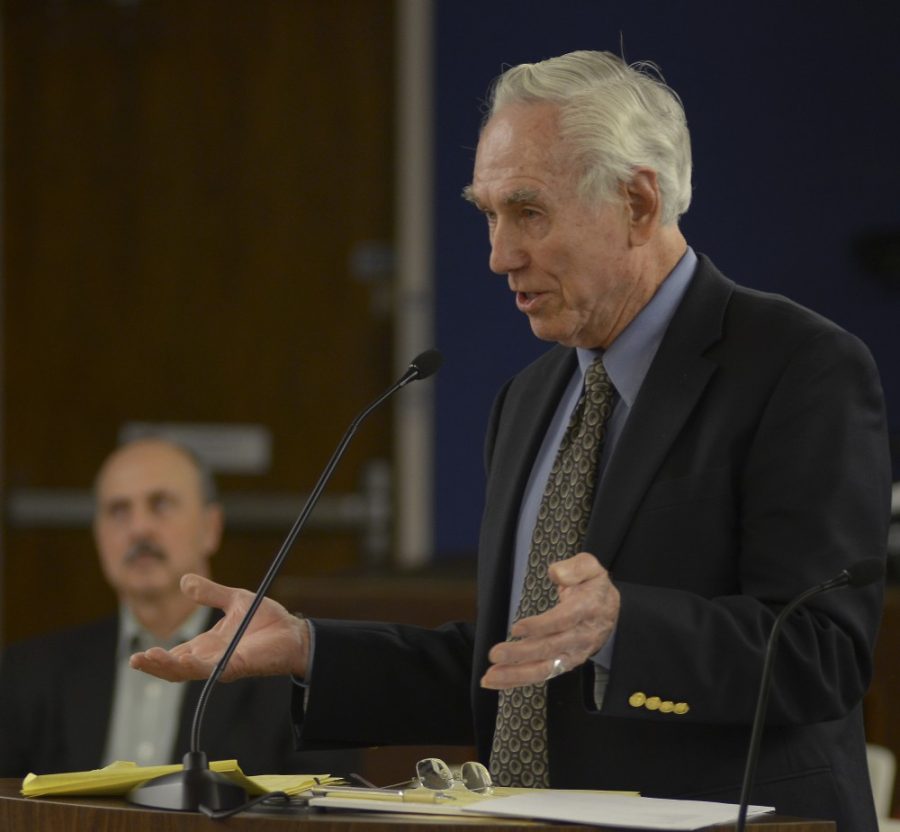Residents and business owners of the West University neighborhood continue to ask for more regulations and a slower construction pace for the planned “overlay district” that will come with the modern streetcar project this year.
On Dec. 11, 2011, the Tucson City Council and Mayor Jonathan Rothschild adopted a new plan intended to conform to transit-oriented policies recently accepted by the Main Gate district, which encompasses University Boulevard. Among these policies is a $197 million investment to construct a modern streetcar line that will take pedestrians from First Street on the UA’s campus to the south end of Fourth Avenue.
“We’re taking students out of the neighborhood,” said Tom Warne, the developer for the Main Gate district. Warne was one of a few individuals who spoke in favor of re-zoning the Main Gate district at a public hearing held at Tucson City Hall on Thursday. No representatives from the UA attended.
“The project is serving mass-transit,” Warne said. Proponents of the re-zoned overlay district, a designated area of the city which allows for different design criteria, said it will amplify all transit-oriented uses. Designers said the re-zoning would ensure clearer walkways, increased resting spots, unintrusive parking spaces and easier access to businesses. Those opposed to the re-zoned overlay pointed out Tucson’s lack of need for higher urbanization.
“This seems to be more appropriate to cities like Chicago or L.A.,” said Howard Baldwin, an attorney who attended the public hearing.
Howard said the re-zoned overlay policy is absurd because it allows a maximum height of 14 feet for buildings up and down Park Avenue.
“The compatibility of all the buildings is what makes this (the UA) a cohesive campus,” Baldwin said when explaining the noticeably different heights that the re-zoned overlay permits to buildings that parallel the university campus.
According to a map that designates the path for the future streetcar, the tracks will cut right through the West University Historic Preservation Zone. Re-zone opponents questioned how the developers will be able to protect Tucson’s treasures from the high density that their modernized mass-transit promises.
Many opposed to the re-zoning said their biggest concern was the threat posed by the overlay district to the preservation of historical buildings. Although Main Gate district policy discourages the demolition of historical structures, opponents at the hearing looked to how Tucson has treated its history in the past.
“It appears to be a pattern,” Baldwin said. “Chopping away around historical buildings until there’s nothing left.”









